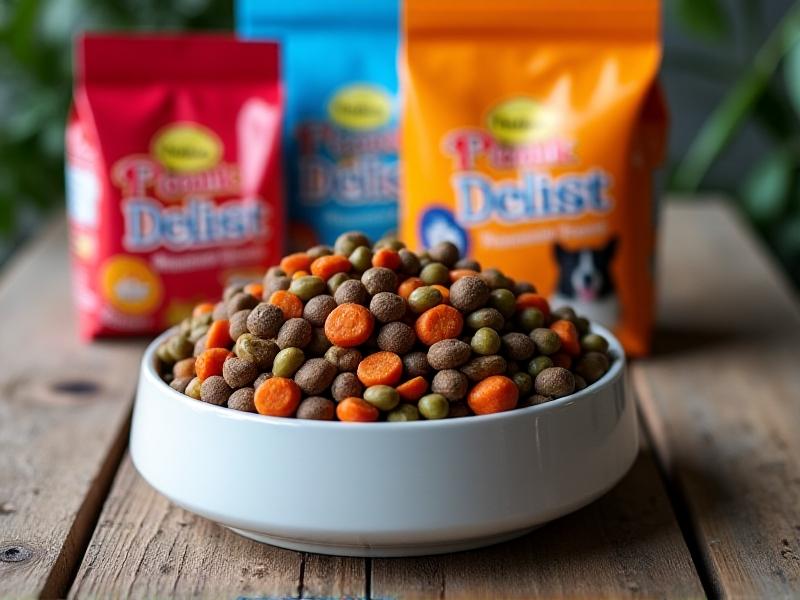Lifecycle Analysis of Commercial vs. Homemade Dog Food Diets
Introduction to Lifecycle Analysis of Dog Food Diets
Understanding the lifecycle of dog food diets involves examining every stage from production to disposal. This analysis helps pet owners make informed decisions about whether commercial or homemade dog food is more sustainable and beneficial for their pets. By exploring the environmental, economic, and health impacts of each option, we can better understand the broader implications of our choices.

Production Processes: Commercial vs. Homemade
Commercial dog food is typically produced in large-scale facilities that utilize advanced machinery and standardized recipes. These processes ensure consistency and efficiency but often involve significant energy consumption and carbon emissions. On the other hand, homemade dog food allows for more control over ingredients and preparation methods. However, sourcing high-quality ingredients locally can reduce the environmental footprint, though it may require more time and effort from the pet owner.

Environmental Impact: Carbon Footprint and Waste
The environmental impact of dog food diets is a critical consideration. Commercial dog food production often involves extensive transportation and packaging, contributing to higher carbon footprints. Additionally, the packaging waste from commercial products can be substantial. Homemade dog food, when prepared with locally sourced ingredients, can significantly reduce transportation emissions. Moreover, using reusable containers for storage can minimize waste, making it a more eco-friendly option.

Economic Considerations: Cost Analysis
Cost is a significant factor for many pet owners when choosing between commercial and homemade dog food. Commercial dog food is often more affordable upfront due to economies of scale. However, the long-term health benefits of a well-balanced homemade diet can reduce veterinary costs. It's essential to weigh the initial investment in quality ingredients against potential savings in healthcare expenses, making it a nuanced economic decision.
Health and Nutritional Benefits
The health and nutritional benefits of dog food diets are paramount. Commercial dog food is formulated to meet specific nutritional standards, but it may contain preservatives and fillers. Homemade dog food offers the advantage of fresh, whole ingredients, allowing for customization based on the dog's specific health needs. However, it requires careful planning to ensure a balanced diet, often necessitating consultation with a veterinarian or pet nutritionist.
Social and Ethical Implications
Choosing between commercial and homemade dog food also involves social and ethical considerations. Commercial dog food companies often engage in mass production, which can raise concerns about animal welfare and labor practices. Homemade dog food supports local farmers and businesses, promoting ethical sourcing and community engagement. This choice reflects a broader commitment to sustainability and ethical consumption.
Case Studies: Real-Life Examples
Examining real-life examples can provide valuable insights into the lifecycle analysis of dog food diets. For instance, a case study of a pet owner who switched from commercial to homemade dog food revealed improved health outcomes and reduced environmental impact. Conversely, another case study highlighted the convenience and cost-effectiveness of commercial dog food for busy households. These examples illustrate the diverse factors that influence pet owners' decisions.
Future Trends and Innovations
The future of dog food diets is likely to see continued innovation and evolving trends. Advances in sustainable packaging and plant-based ingredients are shaping the commercial dog food industry. Simultaneously, the rise of meal delivery services for homemade dog food is making it more accessible to busy pet owners. These trends reflect a growing awareness of the importance of sustainability and health in pet nutrition.
Final Thoughts on Choosing the Right Diet for Your Dog
Ultimately, the decision between commercial and homemade dog food depends on various factors, including environmental impact, cost, health benefits, and personal values. By conducting a thorough lifecycle analysis, pet owners can make informed choices that align with their priorities and contribute to the well-being of their pets and the planet. It's essential to stay informed and adaptable as new information and innovations emerge in the field of pet nutrition.






